Scholastic Nonfiction Read & Write Booklets: Human Body
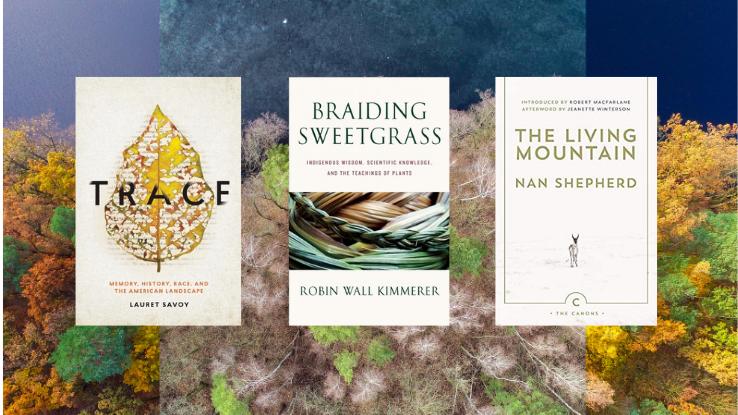
At present that nosotros're more than than halfway through yr two of the COVID-xix pandemic, it'due south like shooting fish in a barrel to feel a flake disconnected from the natural world. Betwixt stay-at-dwelling house orders, travel restrictions, and the of import measures we've been taking to aid stop the spread and proceed people in our communities rubber since March 2020, we haven't had much of a chance (likewise our daily walks) to get out at that place and explore the great outdoors.
Luckily, books are a fantastic style to indulge in some pandemic escapism and larn nearly nature, wildlife and conservation in the process. That's why we're celebrating the National Parks Service's 105th Anniversary with this roundup of nonfiction books that can help you slow downwards, pay attention to and reconnect with the natural world.
Interested in learning more than virtually climate change and the environment? Check out our books most climate change reading list and our roundup of movies and Goggle box shows almost environmental issues.
"Vesper Flights" by Helen MacDonald
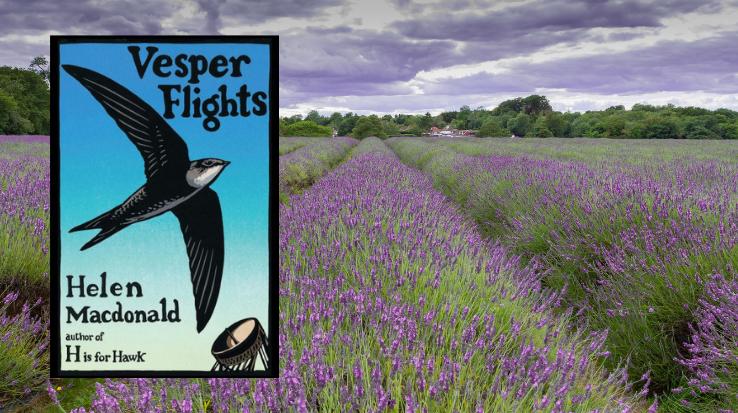
Helen MacDonald's Vesper Flights, released in 2020, is a collection of previously published and new essays most the complex relationship betwixt humans and the natural world. Covering topics similar mushroom foraging, the 2014 solar eclipse and watching songbird migrations from the meridian of the Empire Country Building, MacDonald'south essays serve equally reminders of the pricelessness of the found and brute life surrounding united states of america.
Vesper Flights is MacDonald's followup to H Is for Militarist, her critically acclaimed memoir about grief, the sudden death of her father and her experiences training Northern Goshawks. H Is for Militarist is the recipient of the Samuel Johnson Prize and the 2014 Costa Book of the Year laurels.
Helen MacDonald, who grew up in Surrey, England, is a naturalist, lecturer and kinesthesia member at the University of Cambridge Department of History and Philosophy of Science.
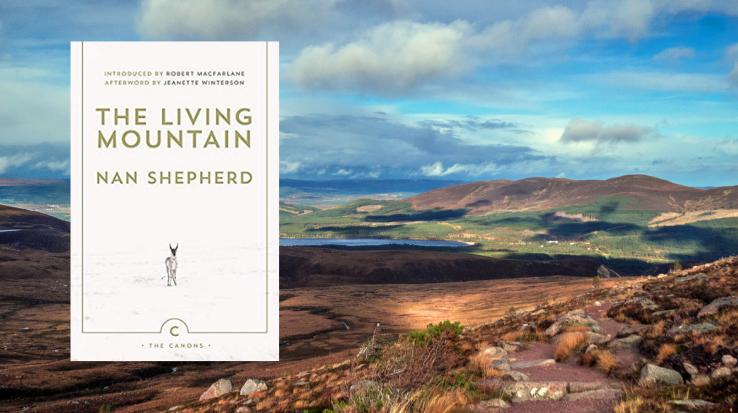
The Cairngorm Mountains of northeast Scotland provide the setting for poet and backwoodsman Nan Shepherd's meditative, lyrical book about the intersection betwixt mountains and the human being imagination. Hailed by The Guardian as "the all-time book ever written on nature and mural in Britain" and described past author Jeanette Winterson as "a kind of geo-poetic exploration of the Cairngorms," The Living Mountain vividly depicts the varied and diverse landscape of the Cairngorms in all seasons and weather.
Written during the later years of Earth War Ii but non published until 1977, nearly the cease of Shepherd's life, The Living Mountain is the result of Shepherd'south lifelong obsession with the mount range and her conviction that "Place and a heed may interpenetrate till the nature of both is altered."
Shepherd, built-in in 1893, lived in her hometown of Aberdeen, Scotland, for most of her adult life. She worked as a lecturer in English language at the Aberdeen Higher of Pedagogy and published several novels set up in Northern Scotland.
"Braiding Sweetgrass" by Robin Wall Kimmerer
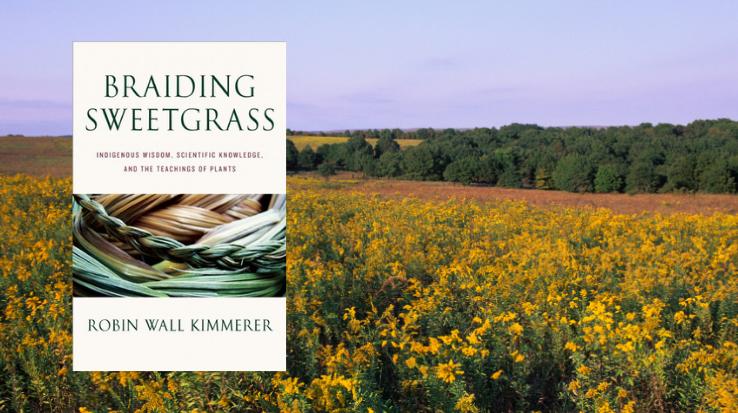
In this ode to everything the plant world has to teach humankind, Robin Wall Kimmerer draws on her experience equally an Indigenous scientist and botanist to tell a story about "indigenous ways of knowing, scientific noesis, and the story of an Anishinaabekwe scientist trying to bring them together in service to what matters most" in Braiding Sweetgrass.
Sweetgrass (scientific name: Hierochloe odorata), a plant that'southward sacred to the Potawatomi people, is key to the book. "It is chosen wiingaashk – the sweetness-smelling hair of Mother Earth. Breathe it in and you start to recollect things you didn't know yous'd forgotten," Kimmerer writes in the preface.
Through a series of interwoven narratives, Kimmerer advocates for a more reciprocal and interconnected relationship between humans and the natural world. Braiding Sweetgrass is a timely and urgent reminder of the value of Ethnic plant knowledge. But it'due south too an investigation into how this Indigenous noesis tin can piece of work paw in mitt with the scientific method to support life on Earth and ultimately "heal our relationship with the world," as Kimmerer writes.
Robin Wall Kimmerer is a botanist, a member of the Denizen Potawatomi Nation and an Ethnic scientist. She is the author of Gathering Moss: A Natural and Cultural History of Mosses. Kimmerer is as well an American Distinguished Teaching Professor of Ecology and Wood Biology at the Country University of New York College of Ecology Science and Forestry.
"The Home Identify: Memoirs of a Colored Human being's Love Matter with Nature" by J. Drew Lanham
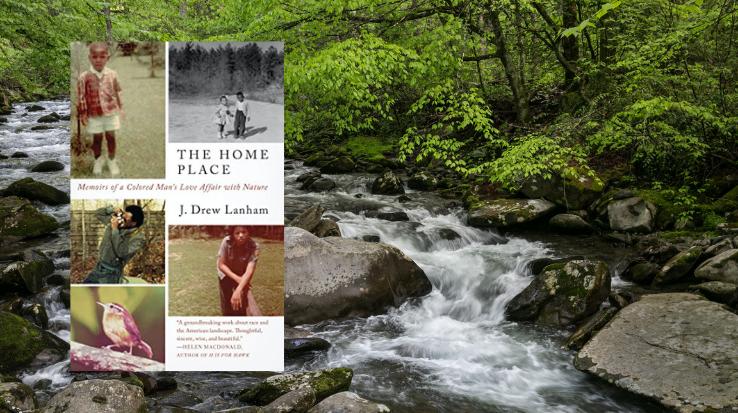
In his 2016 memoir The Dwelling Place, author J. Drew Lanham traces his family unit's history dorsum to Edgefield County, S Carolina, where several generations of his ancestors were enslaved prior to the Civil War. Characterizing Edgefield County as somewhere "easy to pass by on the way somewhere else," Lanham interrogates his own circuitous relationship with the canton, and, by extension, how living in Edgefield Canton shaped his identity as a Black homo living in the rural South in the 1970s.
The Home Place was listed every bit a "Best Volume of 2016" past Forward Reviews and was a Nautilus Silver Honour Winner. William Souder, author of Under a Wild Heaven, described the memoir every bit "a wise and deeply felt memoir of a black naturalist's improbable journey." Helen MacDonald, author of Vesper Flights, characterized The Dwelling Place as "a groundbreaking piece of work about race and the American landscape, and a deep meditation on nature, selfhood, and the nature of dwelling house."
Lanham is a birder, naturalist and hunter-conservationist, equally well as the Alumni Distinguished Professor of Wildlife Ecology and Master Teacher at Clemson University. His essays about the natural world tin be plant in Orion, Flycatcher and Wilderness.
"Honouring High Places: The Mountain Life of Junko Tabei" past Junko Tabei
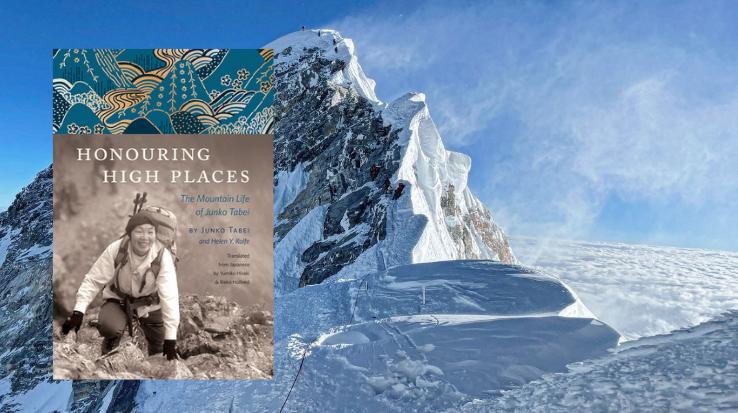
For readers who are looking for a loftier-stakes adventure narrative, Honouring High Places: The Mountain Life of Junko Tabei fits the bill. Legendary Japanese backwoodsman Junko Tabei was the starting time adult female to summit Chomolungma (Everest) and climb the Seven Summits. Her memoir, released for the first fourth dimension in English in 2017 (previously only available in Japanese), provides a fascinating glimpse into Japanese mountaineering civilization and Tabei's groundbreaking life.
Honouring Loftier Places opens with Tabei's recollections from leading the kickoff all-women team to summit Chomolungma, including a harrowing encounter with several avalanches on the mount's slopes. In the memoir'south diaristic format, Tabei too writes about the gender norms that shaped her babyhood, her quest to climb Mount Tabor, her cancer diagnosis later in life, and the aftermath of the 2011 Fukushima earthquake and tsunami.
"Two Trees Brand a Forest" by Jessica J. Lee
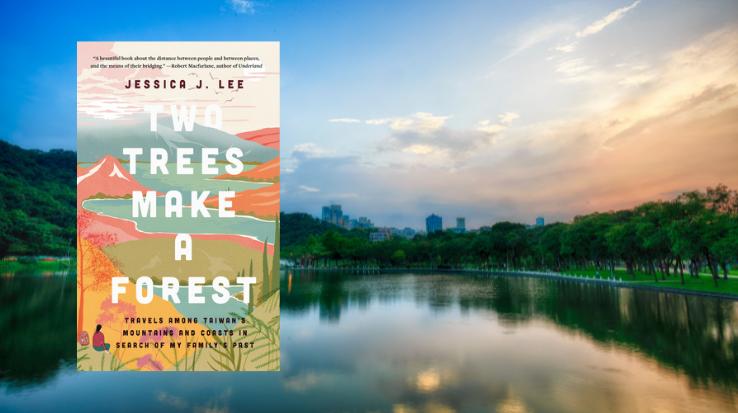
Jessica J. Lee's 2020 volume, Two Trees Brand a Forest: In Search of My Family's Past Among Taiwan's Mountains and Coasts, is delightfully difficult to categorize. Part historical narrative, role travelogue and part memoir, 2 Trees Brand a Wood starts with Lee'southward discovery of letters written past her grandfather, an immigrant from Taiwan. This leads Lee to travel to Taiwan, her family's bequeathed dwelling, where she discovers a new way to remember almost the links between her family lineage and the place where her ancestors lived.
Lee traces the history of Taiwan from the Qing era up to present solar day and writes eloquently about Taiwan'due south natural landscapes, in what Electrical Literature calls "a poetic tour and anti-colonial reclamation of the island through her descriptions of its flora, fauna, natural disasters, and political history."
Jessica J. Lee is a British-Canadian-Taiwanese author, historian, environmentalist and the founding editor of The Willowherb Review. Lee is the winner of the 2019 RBC Taylor Prize Emerging Author Award and holds a doctorate in environmental history.
"Trace: Memory, History, Race, and the American Landscape" past Lauret Savoy
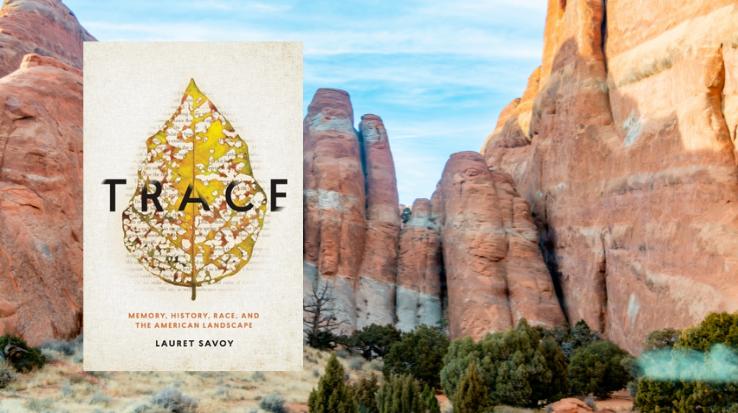
Over the course of eight essays, Lauret Savoy investigates how American history and systemic racism have informed the manner we think about place and regionality in Trace: Memory, History, Race, and the American Mural. Savoy's preparation as a geologist gives her a unique perspective on the intersection of history and place, and the result is a collection that writer and conservationist Terry Tempest Williams has called "a crucial book for our fourth dimension, a bound sanity, non a forgiveness, simply a reckoning."
Lauret Savoy is a woman of African American, Euro-American and Native American heritage and is the David B. Truman Professor of Environmental Studies & Geology at Mount Holyoke Higher. Trace was the winner of the American Book Honour (from the Earlier Columbus Foundation) and the ASLE Ecology Creative Writing Honor and was a finalist for the PEN American Open up Book Honor.
"Horizon" by Barry Lopez
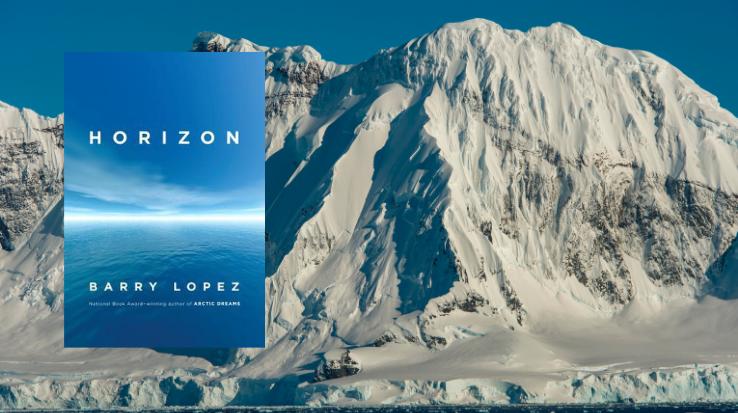
Barry Lopez'south sweeping, globe-spanning travel memoir couldn't take come at a meliorate fourth dimension. Released in January 2020, Horizon provided a much-needed chip of escapism for readers sheltering in place and quarantining due to the COVID-19 pandemic. Lopez's memoir is focused on his time spent in six regions — Coastal Oregon, the High Arctic, the Galápagos Islands, the Kenyan desert, Australia's Botany Bay and the glaciers of Antarctica.
As Lopez unravels the histories of these places, he also looks inward, reminding the reader that "to inquire into the intricacies of a afar landscape, then, is to provoke thoughts near one's own interior landscape, and the familiar landscapes of memory." Horizon also interrogates our Earth's future, asking what should be done to tiresome global warming and providing readers with existent-world examples of the damaging impacts of climate change.
Barry Lopez is the author of Arctic Dreams (winner of the National Volume Honour), Of Wolves and Men, and Crow and Weasel. He received fellowships from the Guggenheim, Lannan and National Science foundations. Lopez died in 2020 at the age of 75.
Source: https://www.ask.com/culture/nonfiction-nature-reading-list?utm_content=params%3Ao%3D740004%26ad%3DdirN%26qo%3DserpIndex
0 Response to "Scholastic Nonfiction Read & Write Booklets: Human Body"
Post a Comment